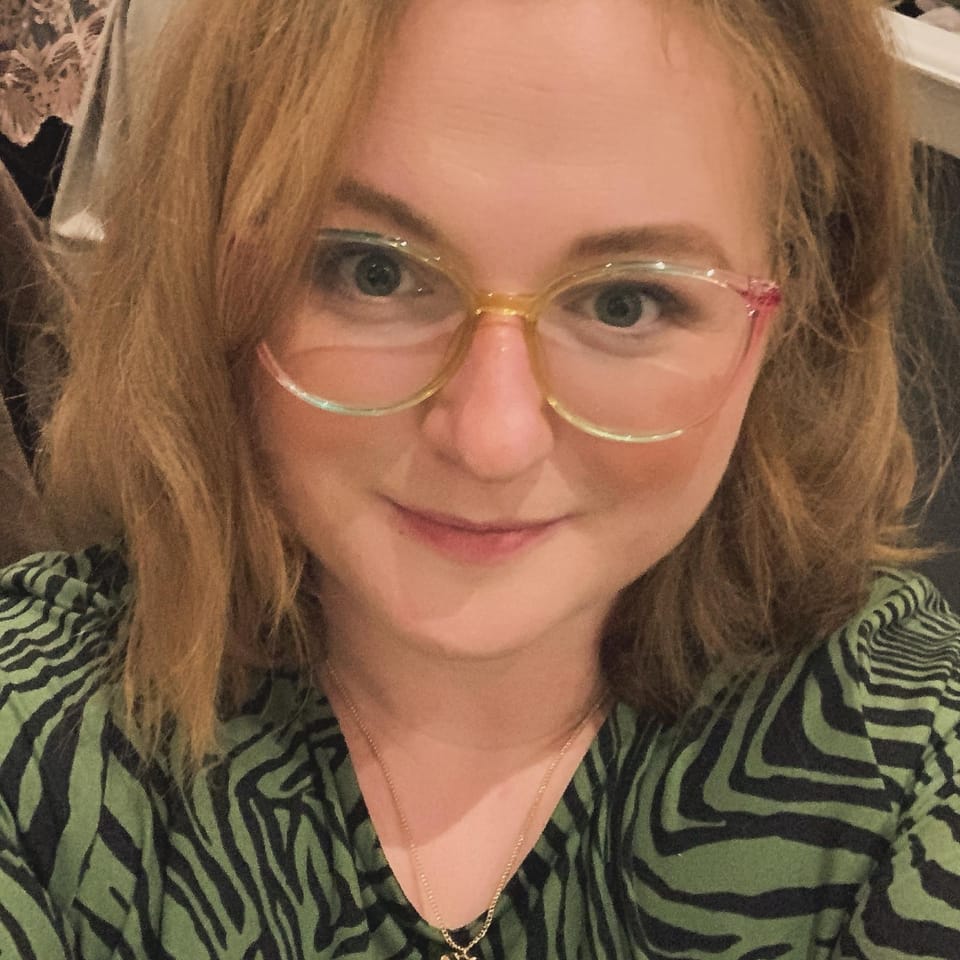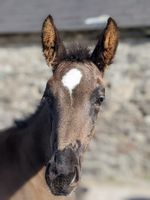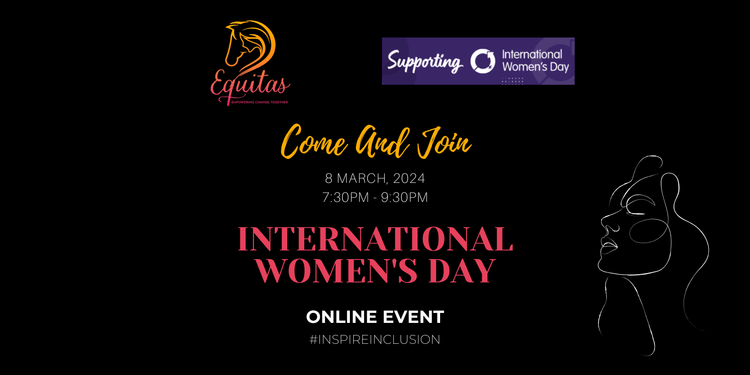Bending, Not Breaking: Weaving Inclusion for EDS warriors

I was absolutely delighted when Vicki Hoban, para-equestrian agreed to write an article for Equitas specifically for International Women's Day and embodying the #inspireinclusion theme. Please grab a cuppa and some tissues (happy and possibly sad tears may follow!) and enjoy. Let us celebrate those that #inspireinclusion and learn how to be more inclusive:
When I was asked to write about my experience of living with Ehlers-Danlos Syndrome (EDS) as an equestrian, I thought, "I am actually rather tired of moaning, complaining, and sharing its downfalls." There are many, as it is a life-limiting and threatening condition but I also thought - "I've been told I am a good advocate for Ehlers-Danlos" (though I struggle to believe that, I'm just trying to do my best and bring about positivity and change).
Briefly:
What is Ehlers Danlos Syndrome (EDS)?
The Ehlers-Danlos syndromes (EDS) are a group of 13 heritable connective tissue disorders. The conditions are caused by genetic changes that affect connective tissue. Each type of EDS has its own set of features with distinct diagnostic criteria. Some features are seen across all types of EDS, including joint hypermobility, skin hyperextensibility, and tissue fragility. It affects the formation of collagen in the body in which we are all held together by, collagen is in every cell of the body therefore, EDS is dynamic in its presentations. Each zebra has stripes but all may not be the same. EDS is a dynamic, life threatening disability.
So here's an article about all the women who are making this dark night of the soul more palatable - women who have fixed my crown instead of knocking it off, held me when I needed to be held, and both cried with me and laughed with me.





